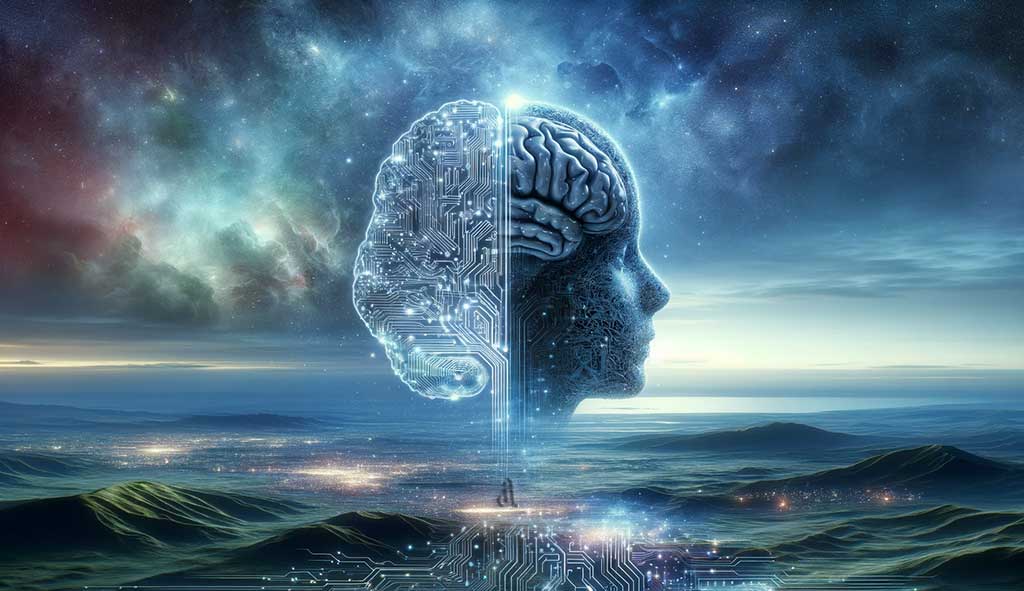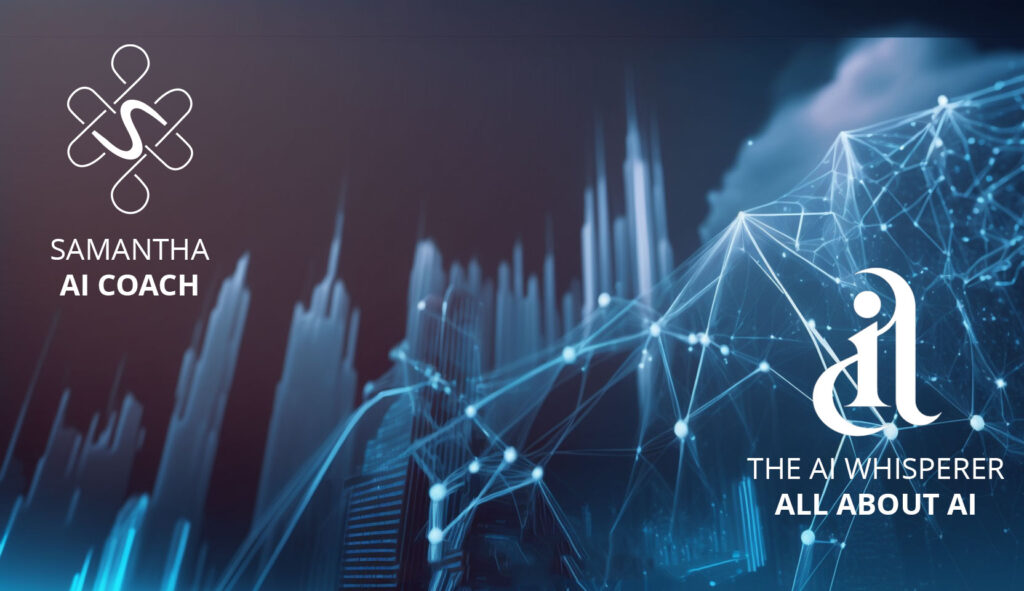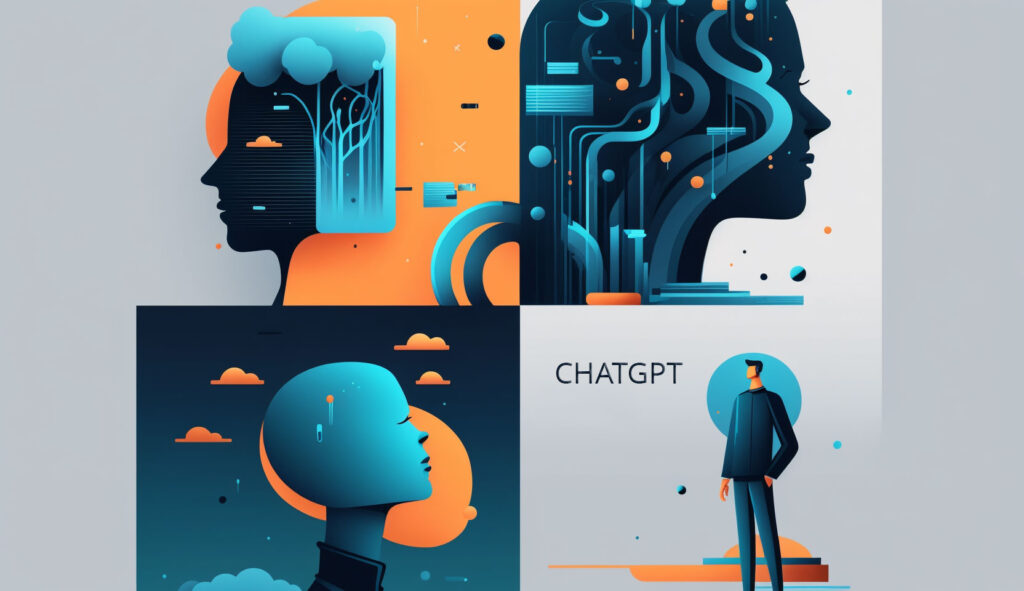In the fast-paced world of technology, one topic that captivates our imagination is the comparison between human consciousness and artificial intelligence (AI). This intriguing subject often leads us to the thoughts of Thomas Campbell, a physicist and author known for his unique views on reality and consciousness. Campbell, in his works, suggests that our physical reality is much like an information network, and our experiences and perceptions are deeply rooted in this informational framework. Embracing Campbell’s ideas, we delve into the captivating similarities and differences between how humans perceive reality and how AI systems interpret the world around them.
The Dance of Information Processing
The core of this comparison is how information is processed. Human consciousness, an intricate product of nature, deciphers data through a mix of sensory experiences, memories, and thought processes. AI mirrors this, but through computerized means. It analyzes large sets of information, using rules and patterns to create responses. While humans add feelings and instinct to their understanding, AI offers quick and exact responses, but without human-like depth.
Recognizing Patterns: A Common Ground
Pattern recognition is a shared skill between human thinking and AI. Our brains are naturally equipped to spot patterns, a skill crucial for survival. This ability helps us predict future events and make sense of new situations. Similarly, AI uses math-based models to identify patterns and make forecasts. However, AI’s understanding is confined to the data it has been trained with, unlike the human mind, which uses a broader range of experiences and intuition.
Learning and Growth: Evolving Over Time
Both humans and AI are marked by their ability to learn and adapt. People update their understanding based on new experiences, continually reshaping their view of the world. AI systems also evolve, adapting to new information, refining their methods, and improving their performance. This ability to adapt is key to both, though human learning includes emotional and ethical growth, which AI does not yet fully grasp.
The Lens of Interpretation
How information is interpreted is highly personal in both humans and AI. Our backgrounds, emotions, and personal experiences color our view of reality. AI has its own type of „personal“ view, shaped by the biases in its training data and programming limits. So, both human consciousness and AI offer unique, yet different, takes on the information they process.
Bound by Inputs
A notable similarity between humans and AI is the limitations set by their inputs. Human understanding is limited by our sensory abilities. For example, we can’t naturally see ultraviolet light. Similarly, AI is limited by its training data. If certain information is missing from its training, AI will have a limited understanding in those areas, much like human sensory limitations.
Creating a Complete Picture
Humans have a remarkable skill to form a coherent view of reality from bits of sensory information. AI shows a similar trait, piecing together responses and interpretations from partial data, often filling gaps with educated guesses. While more basic in AI, this reflects a key aspect of how both try to make sense of the information they receive.
Now that we’ve explored the nuanced ways in which human consciousness and AI operate and interpret the world, let’s take a moment to visually summarize these comparisons. The table below concisely contrasts key aspects of human cognitive processing with AI’s data-driven approach, offering a clear, at-a-glance understanding of their similarities and differences.
| Aspect | Human Consciousness | Artificial Intelligence (AI) |
|---|---|---|
| Processing of Information | Receives and interprets data through senses and past experiences. | Processes data using algorithms based on learned patterns. |
| Pattern Recognition | Recognizes patterns based on past experiences for prediction. | Uses statistical models for pattern recognition and prediction. |
| Adaptation and Learning | Learns and adapts based on new experiences and knowledge. | Adapts and improves with more data and retraining. |
| Subjectivity in Interpretation | Interpretations are subjective, influenced by personal biases. | Interpretations influenced by biases in training data and programming. |
| Limited by Inputs | Limited by the range and capacity of sensory organs. | Limited by the scope and variety of training data. |
| Illusion of Continuity | Constructs a continuous perception from fragmented sensory inputs. | Constructs responses from fragmented data, filling gaps with predictions. |
| Decision Making | Involves complex interplay of experiences, emotions, and ethics. | Selects output based on highest probability from training. |
The Crossroads of Decision Making
Making decisions for humans involves a mix of thoughts, feelings, past experiences, and moral judgments. In AI, decision-making comes from processing information and choosing the most likely outcome based on its training. Though simpler in AI, it’s a fundamental aspect that underscores both entities‘ efforts to respond correctly to the information they deal with.
Conclusion
In summary, while there are clear parallels in how human consciousness and AI process and understand information, it’s vital to recognize their fundamental differences. Human consciousness is enriched by personal experiences, emotions, and ethical thoughts – aspects that AI cannot yet replicate. Nonetheless, this exploration is not just for academic interest; it gives us valuable insights into AI’s abilities and limitations. It encourages us to think about the future of AI, especially as we move towards creating systems that might one day mimic human experience’s depth and richness. This journey of comparison between human consciousness and AI is not just a glimpse into our technological abilities but also a reflection of our quest to understand what it means to be human.


